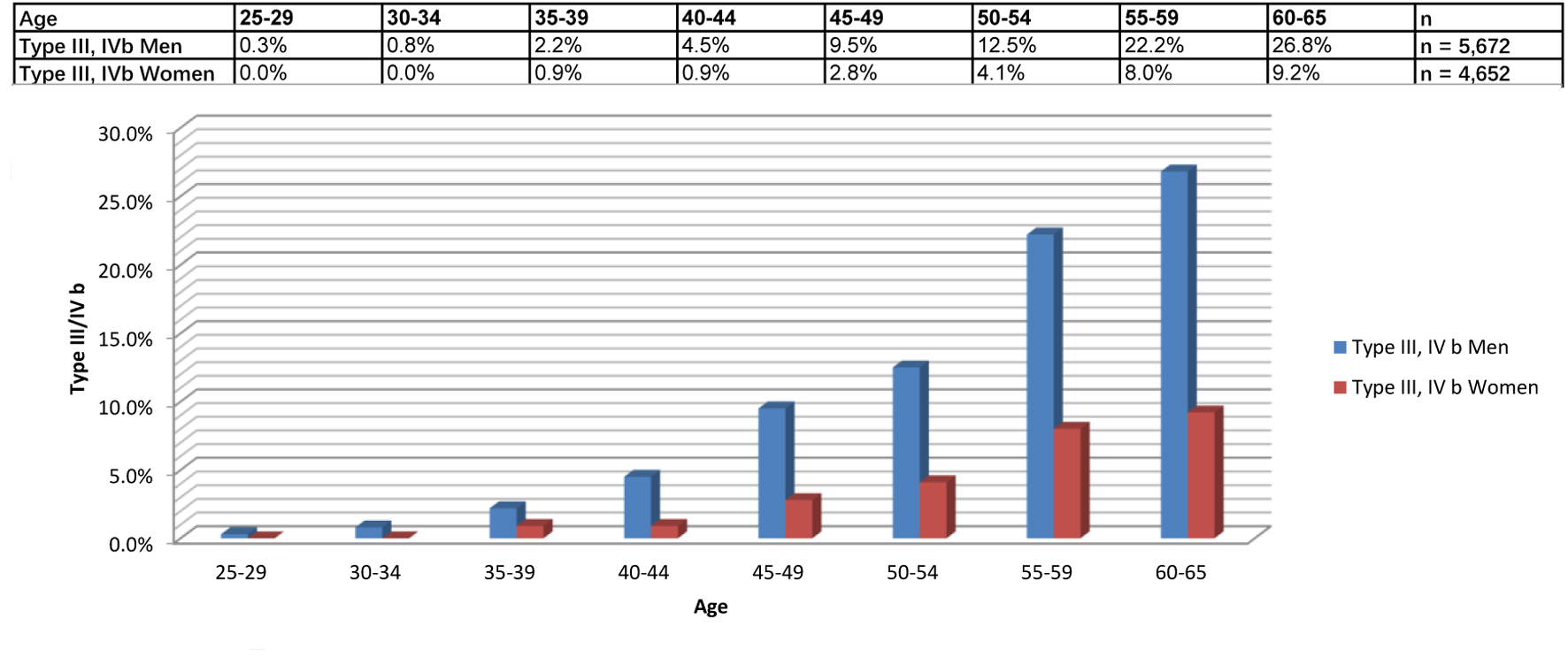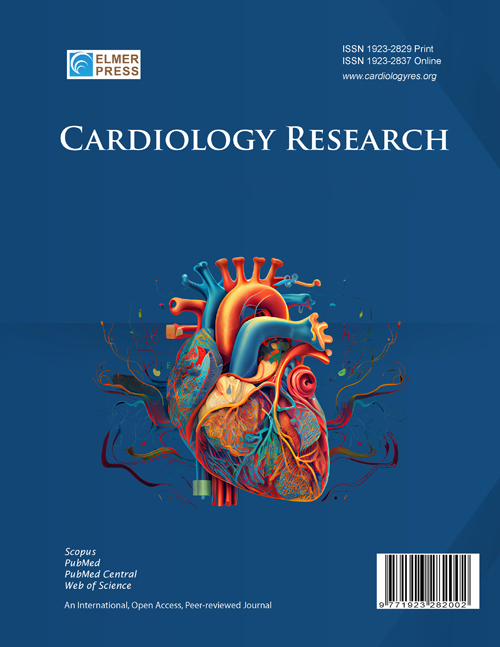Progression of Atherosclerosis and Hypothesis on the Relationship Between Microvascular Dysfunction, Cardiovascular Risk, and Cancer
DOI:
https://doi.org/10.14740/cr2049Keywords:
Microvascular dysfunction, Atherosclerosis, Cardiovascular risk, Cancer, Carotid ultrasoundAbstract
Background: The extent of atherosclerosis in healthy men and women was measured using ultrasound in the carotid artery and whether the progression could be predicted using the classic risk factors was investigated. A hypothesis was also formulated as to how microvascular dysfunction and atherosclerosis, on the one hand, and cardiovascular disease and cancer, on the other hand, might be related. To describe the relationship between atherosclerosis and cancer, the classic risk factors and plaque burden were compared.
Methods: From 2009 to 2024, 10,597 subjects (44% women) aged 20 - 65 years without signs of cardiovascular disease were examined using ultrasound of the carotid artery. The sum of all plaque areas (total plaque area (TPA)) and the maximum plaque thickness were measured. Follow-up examinations were carried out on 4,520 subjects (42% women) aged 40 - 65 years. In 2,397 men without cancer or cardiovascular events during follow-up, the classic risk factors and plaque burden were compared between 55 men who had a solid tumor and 188 men who had a cardiovascular event, and whether patients with cancer and a cardiovascular event exhibited different risk profiles was examined.
Results: In the age group of 35 - 65 years, 12% of men and 4.2% of women had advanced atherosclerosis (types III and IVb). In the age group of 40 - 65 years, 2,592 men and 1,928 women were followed up. Low to moderate atherosclerosis was present in 2,052 (79.2%) men and 1,761 (91.3%) women. Advanced atherosclerosis developed in 139 (6.8%) men and 39 (2.2%) women, which could not be predicted by the classical risk factors (P > 0.05). The mean follow-up time was 73 months (6.1 years) for men and 75 months (6.3 years) for women. Patients without cancer or cardiovascular disease have lower risk factors and lower plaque burden compared to men with cancer or cardiovascular events. Patients with cancer have very similar high-risk factors and high plaque burden compared to patients with cardiovascular disease.
Conclusion: By measuring the plaque burden on the carotid artery, a good risk stratification can be achieved in every age group. A follow-up examination every 3 - 5 years is advisable, as a rapid progression of the disease cannot be predicted taking into account the classic risk factors. Early treatment of advanced atherosclerosis improves the prognosis for cardiovascular diseases and possibly also for certain types of cancer. Patients with cancer and cardiovascular events show a similar risk profile and plaque burden.

Published
Issue
Section
License
Copyright (c) 2025 The authors

This work is licensed under a Creative Commons Attribution-NonCommercial 4.0 International License.








